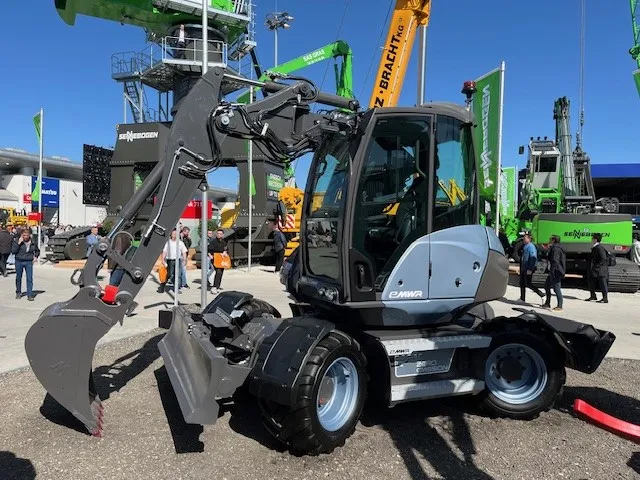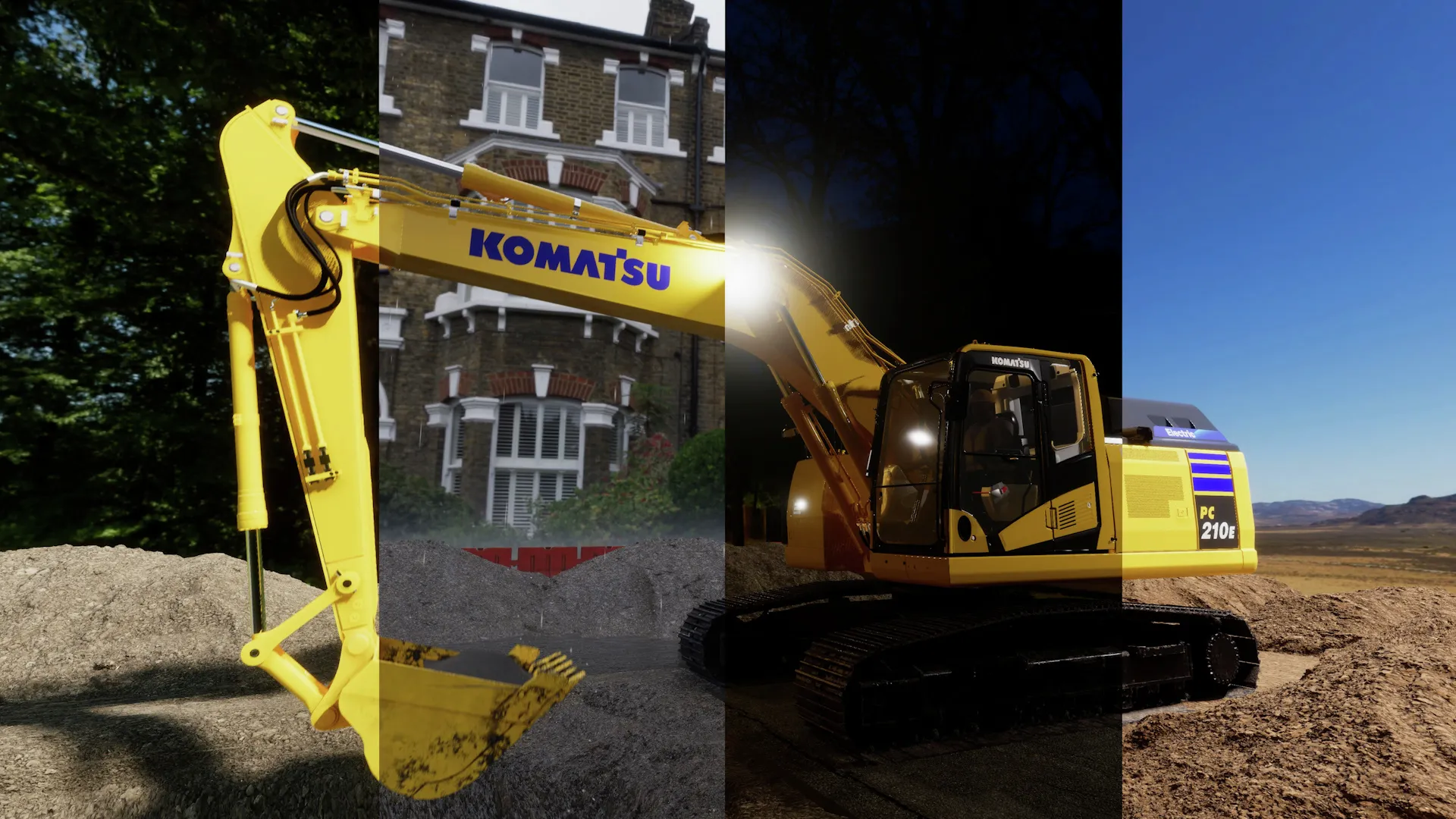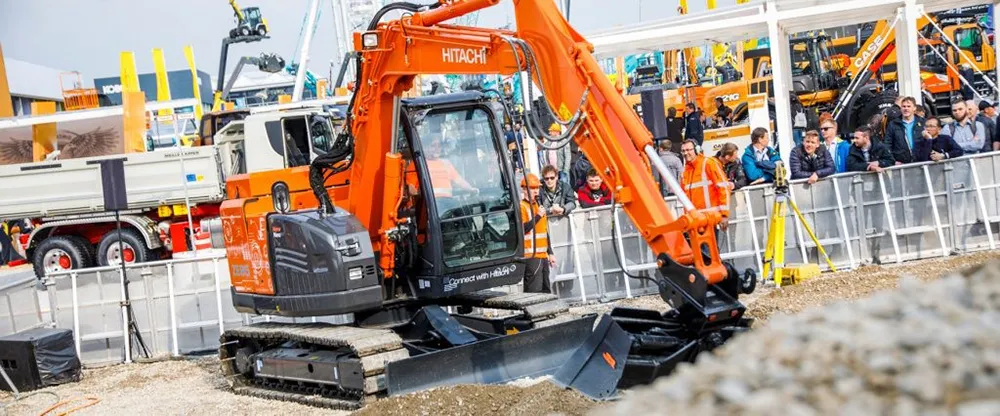
Mecalac has reinforced its position in sustainable construction with the launch of a new electric excavator model.
The new eMWR wheeled excavator is joined by another new electric model, the eS900tele telescopic loader.
These latest models mean than Mecalac now has two excavators, two swing loaders, and a site dumper in its emissions-free electric portfolio.
The compact machines can handle all critical urban earthmoving tasks - digging, loading, and hauling - on a practical scale.
Mecalac was bought by fellow French company Fayat in March, in a transaction which is expected to complete in the first half of 2025.
Alexandre Marchetta, Mecalac president, said he was unable to comment in detail on the acquisition because it is still in process but added Mecalac is very confident about the future and that the values of the two brands are very similar.
Stand FN 718







